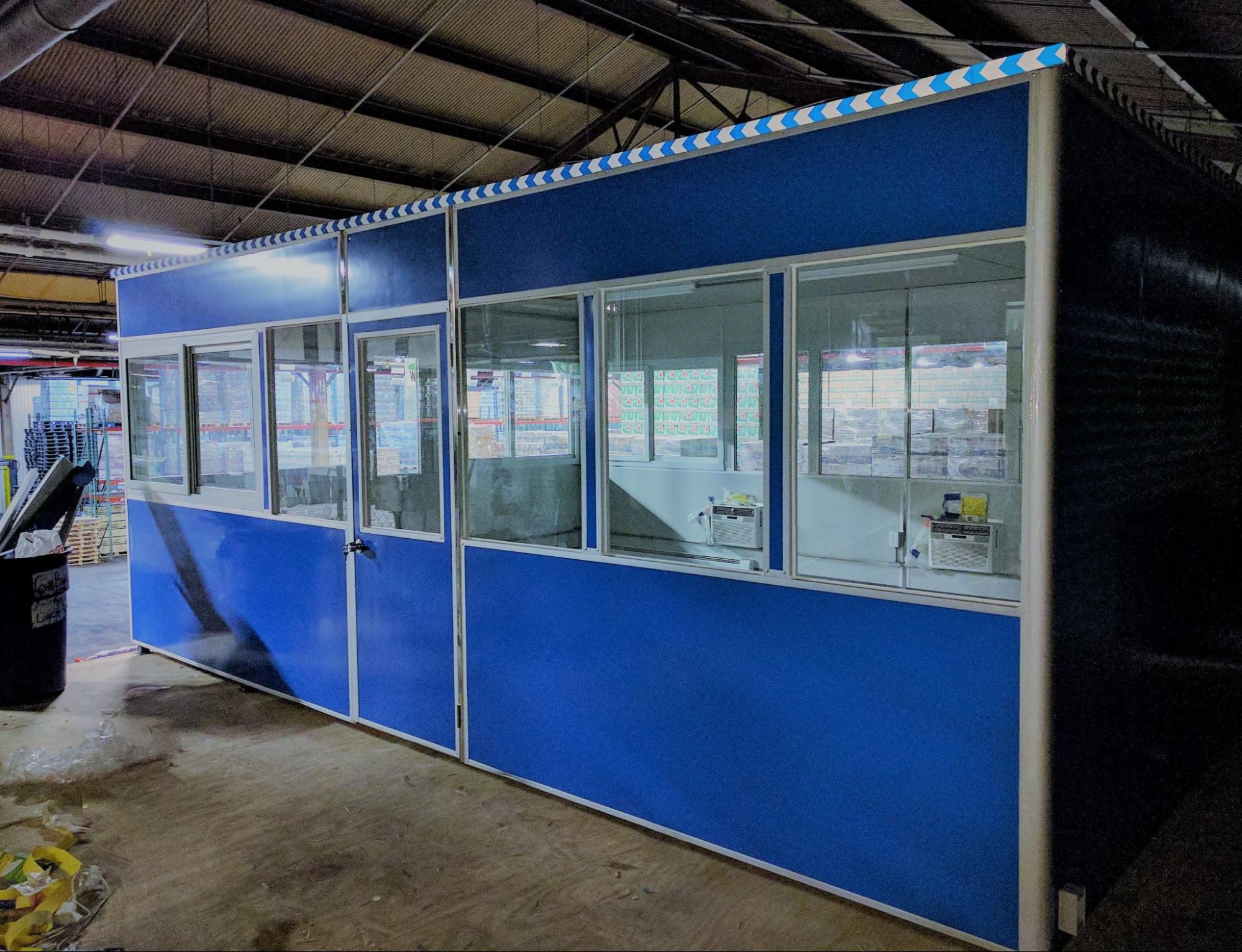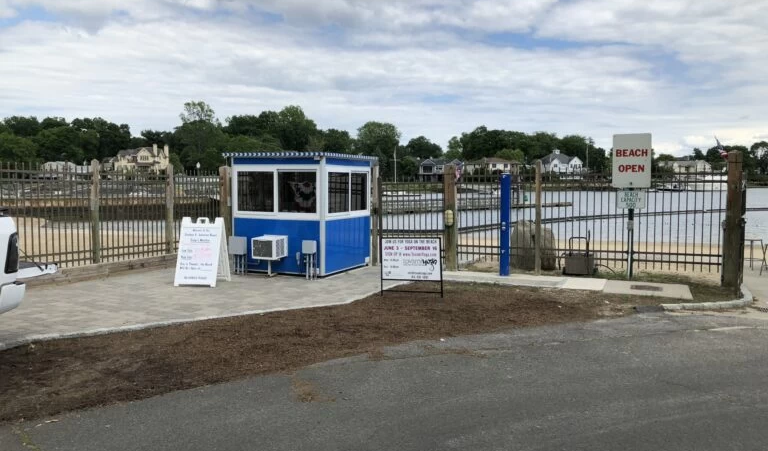No matter how productive or successful your company has been in the past, it’s clear that you need a strong R&D facility in order to stay productive in the future.
What does R&D design even mean – and why is it important for your business?
R&D design has to do with the innovation and introduction of new products and services. Without it, a company can’t grow – there’s nothing new to offer, upgrade, or revamp.
In this post, we’ll tell you everything you need to know for a successful R&D project now – as well as in the future.
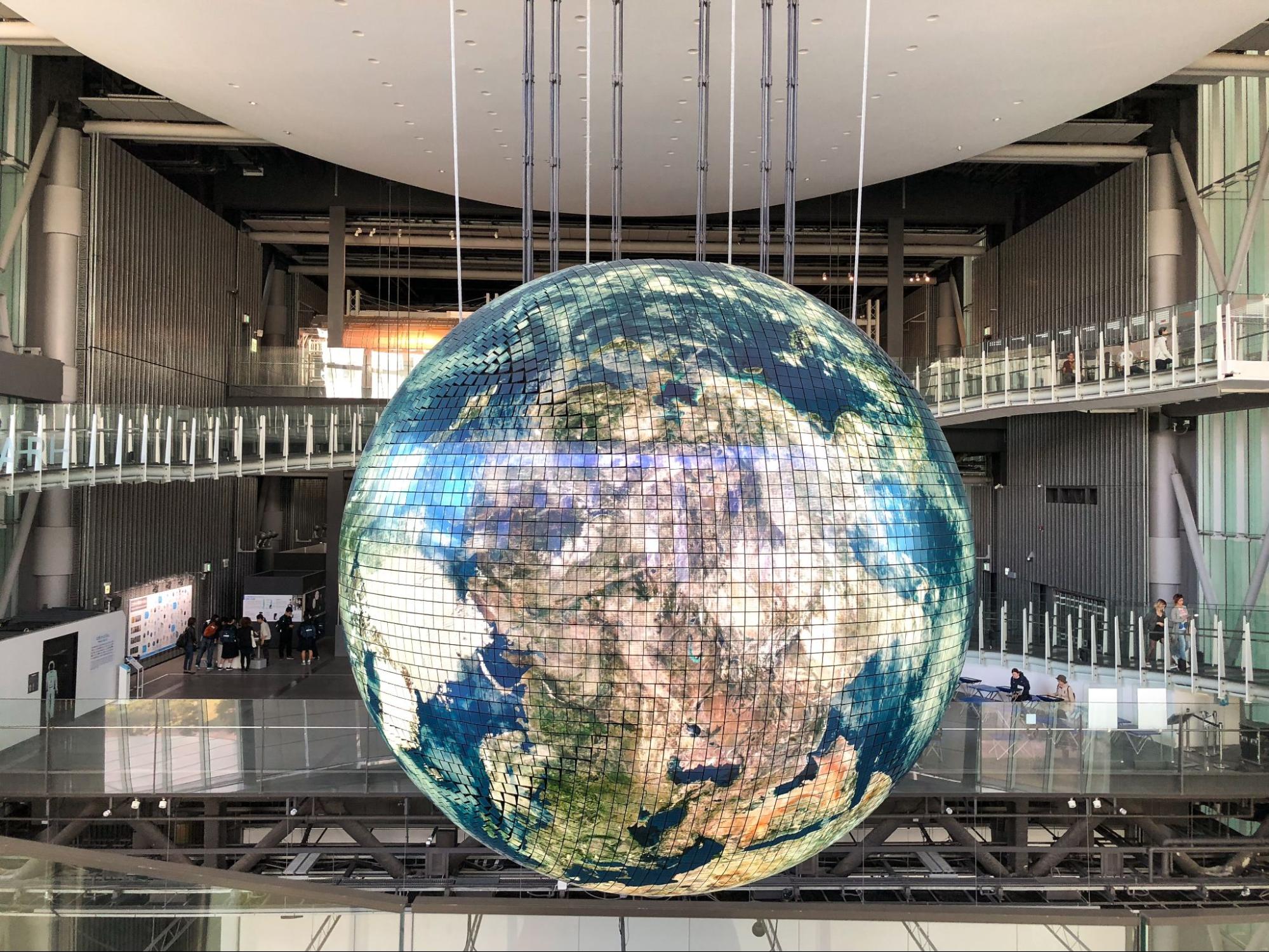
Understanding R&D
Before you invest any money in building an R&D facility or working on an R&D project, you need to consider why the contribution of research to development is even important at all – and what might actually be considered an R&D project in the first place.
Let’s take a closer look at what might qualify as R and D services.
What Does R&D Stand For?
Curious about the R and D meaning? Though this sounds like a complex term, it’s actually quite easy to explain.
R&D stands for research and development. Companies might use other terms for this, such as applied research and product development or R&D product development. Technically, applied research isn’t quite the same, since it implies that a company’s R&D team has a specific goal in mind when going about their research (which isn’t usually the case in a traditional R&D facility).
R&D is a catch-all phrase for the activities that companies participate in to create new services and products as well as to improve the offerings they already have. In short, a solid R&D strategy can help a company stay ahead of its competitors.
All companies in all R&D industries need this department. However, if you are an R&D developer in pharmaceuticals, an R&D in information technology, or an R&D in semiconductors, you’ll probably find that R&D design expenditures comprise a larger portion of your company’s annual budget than in other sectors.
What Might Be Considered R&D Activities?
When setting R&D budgets, it’s important to first understand what sorts of research and development projects might even fall into this category.
If you work in an R&D facility, you might work on creating new products or services. The activities that are considered R&D activities usually aren’t short-term ones – they offer a long-term payout instead of immediate returns.
Researching mergers and acquisitions is something that an R&D developer might do. Alternatively, it might focus its efforts on how technology can be leveraged to stay ahead of customer trends.
Amazon, for instance, has spent billions of dollars working on developments in cloud computing and the unique storefront Amazon Go.
R&D activities offer the potential for serious progress, leading to trademarks, patents, and breakthrough discoveries that companies can ultimately hang their hat on.
Types of R&D Operations
There are several different models that can be used to develop an R&D facility.
One is a classic department staffed by engineers who are responsible for creating new products. Often, this requires extensive research. There might not be any specific goal or application in mind as they go about their research – they are simply doing research for the sake of research and hoping to stumble across an innovation in the process.
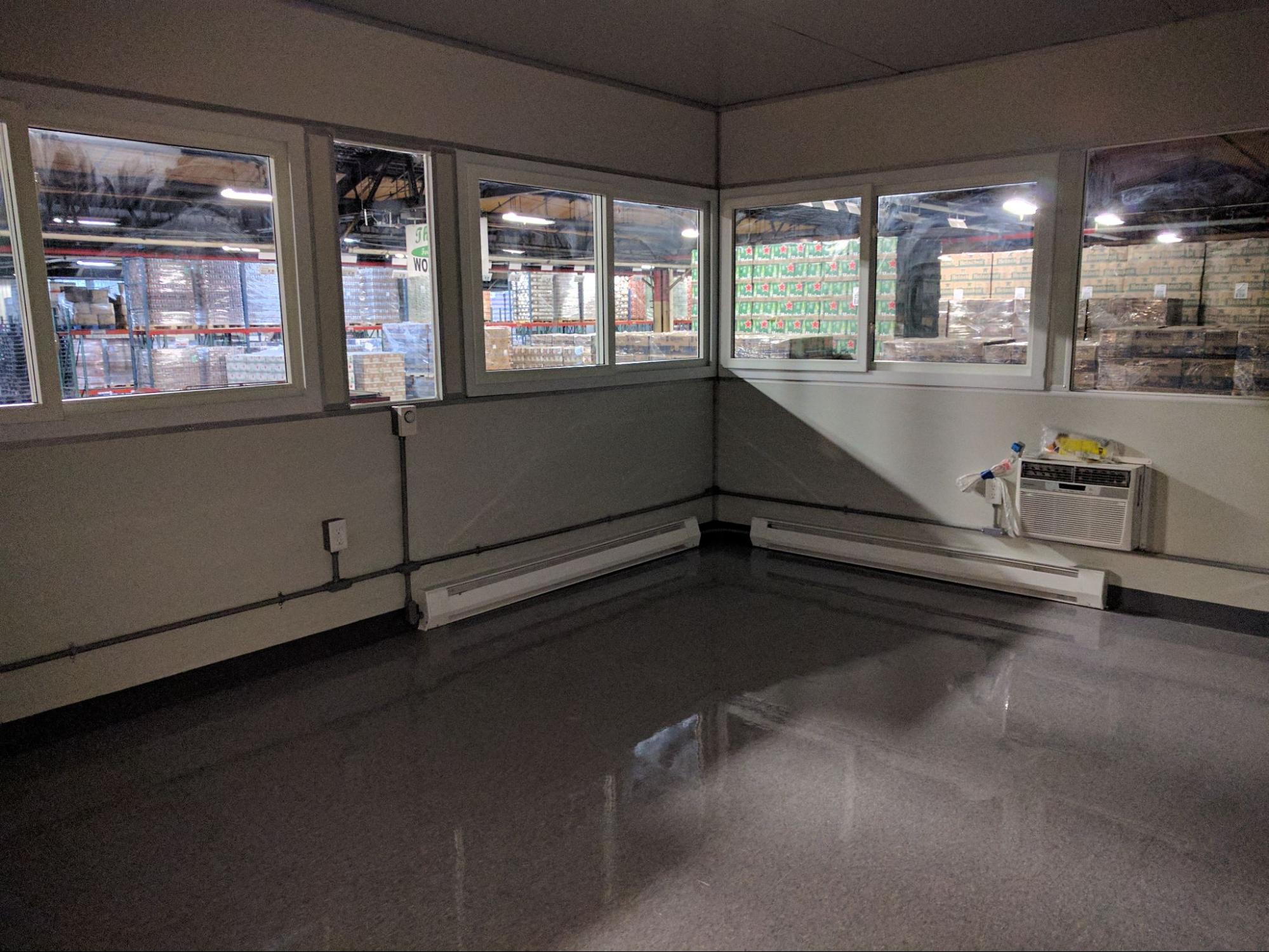
In another model, you might find a department that houses numerous researchers and scientists, each of whom is tasked with applied research in industrial, scientific, or technical fields. They actively work to develop or improve products and procedures.
Business incubators and accelerators can also serve as a type of R&D lab. These facilities are financed by entrepreneurs or corporations in the hopes that the innovations they create will result in a financial return on their investment.
Why are R&D Services Important?
The relationship between research and development is an important one, especially when it comes to meeting R&D goals and setting R&D policy.
Technology is advancing at a rapid pace – and that means that it’s important for companies to stay competitive. R&D allows them to do just that, creating products that are difficult for competitors to duplicate.
It can lead to improved productivity by focusing on product launches and services that matter most. Not only that, but R&D can help companies increase their profit margins and create a competitive edge when it comes to outpacing competitors.
Finally, R&D services can help companies stay ahead of the curve anticipating market trends or customer demands before they become prevalent.
Unique Requirements for R&D Facilities
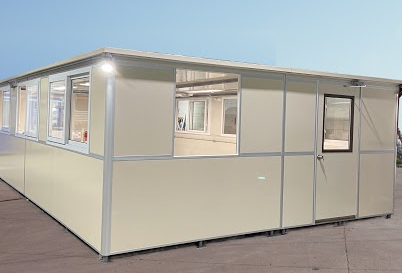
When going about R&D design for your facility, there are a few things you’ll want to keep in mind.
One is that no two companies or industries will have the exact same setup. That’s because no two R&D project plans or procedures are exactly the same, either.
Building an R&D facility is an investment just like building any other type of commercial space. However, there are unique considerations to keep in mind, too. For example, these facilities generally have to adhere to strict regulations, especially in highly-monitored areas like the medical, pharmaceutical, and biochemical industries.
Not only that, but these facilities need to be heavily guarded and offer secrecy for product development. Although it sounds like something out of a James Bond movie, the reality is that it’s easy for leaks to occur and a company’s entire innovation process to be lost to a mole who gives away all the research to a competitor.
The size and scale of R&D facilities vary widely because no two companies are exactly the same in how much time and money they will invest in their research and development. Some may need to build entire facilities to house accelerators, research reactors, genome centers, and advanced computational centers.
In other cases, R&D facilities may be purely academic and just house some computers. There is a lot of variability here, so close customization is key.
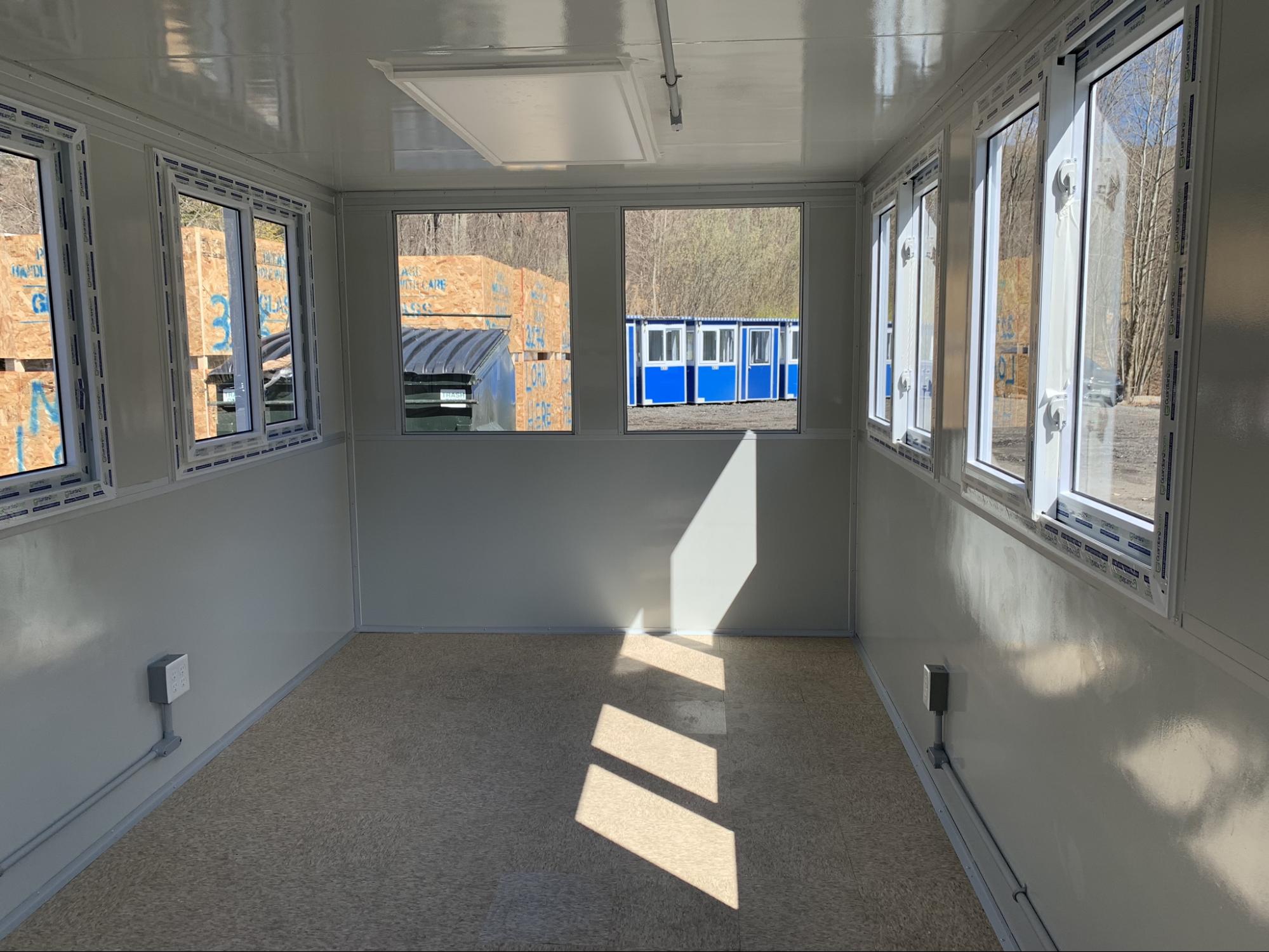
Finally, R&D facilities tend to have lower ratios of office space to total square footage for large indoor testing areas. It’s important for R&D planners to work closely with building architects to figure out the best way to go about R&D design of buildings.
R&D Project Requirements Vary
When setting up an R&D headquarters, it’s clear that companies have a lot to take into consideration.
A big one is that R&D site development is expensive. Although investing in an R&D facility and working on an R&D project at any scale is beneficial to a company’s bottom line, it does not offer an immediate return on investment. R&D design is more of a long game, and while companies are usually willing to spend lots of money on research and development, it’s still quite costly.
Therefore, one thing that companies focus on is how to make their research and development building design more cost-effective. One way to do this is to focus specifically on the project requirements. These customization requirements vary between companies and industries.
For instance, companies that fall into the chemical or biological space need to meet stringent environmental codes in their research. Those in the pharmaceutical industry have to adhere to medical guidelines. As you might expect, attention to detail is key.
For some companies, it makes more sense to skip the process of setting up an R&D facility and to instead outsource the expenditure. This can reduce costs as well as the amount of space needed for an R&D facility.
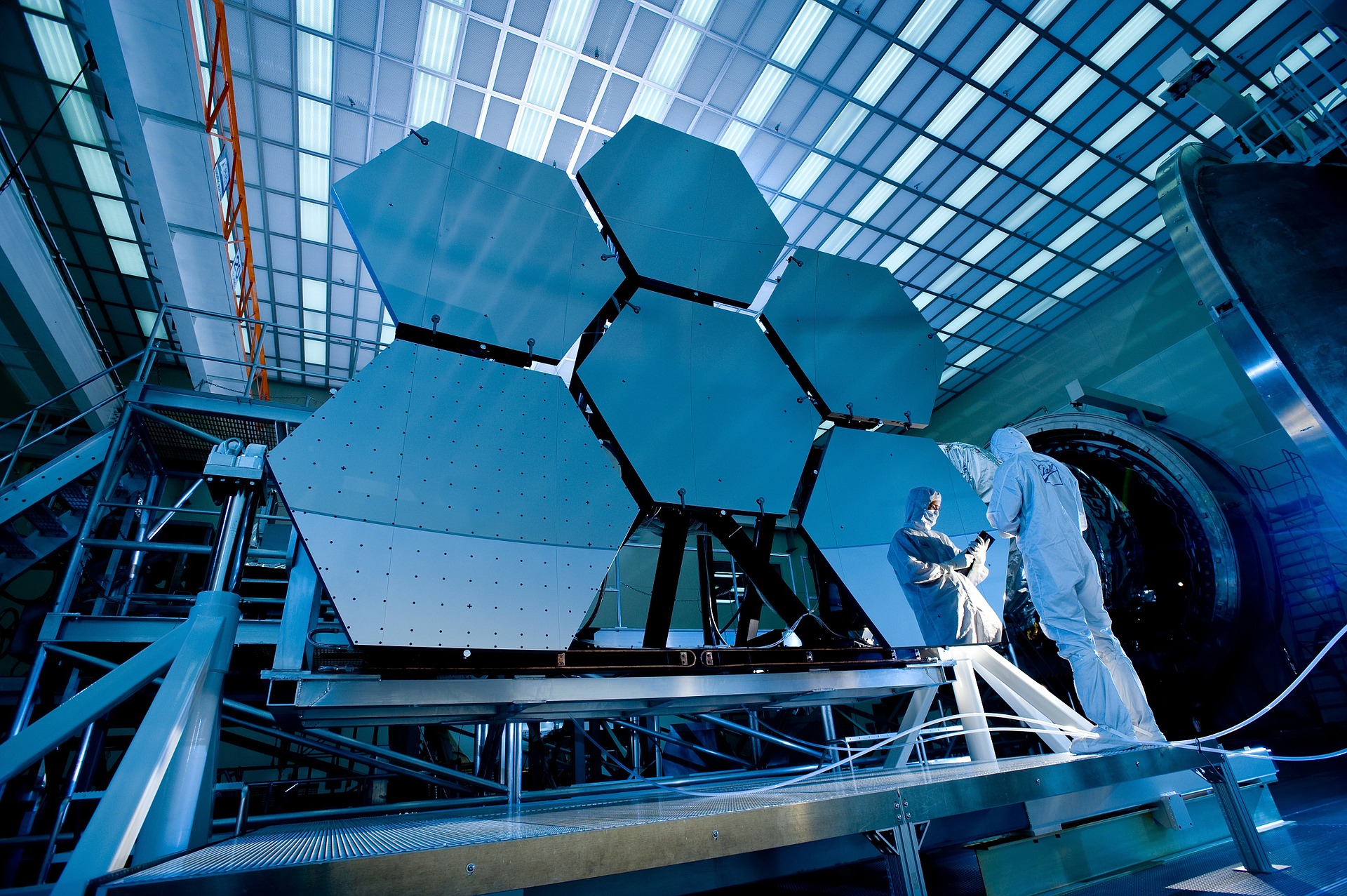
The Best Way to Customize Your R&D Facility for Better R&D Design
Are you curious about how to build an R&D facility or design an R&D project that best meets the needs of your company? The process of R&D design can be an overwhelming one, but the good news is that you don’t have to go for it alone – nor do you have to go all-in right from the beginning.
If you aren’t sure whether building a brand-new, all-inclusive R&D facility from scratch is the right choice for your business needs, why not build a flex space? Guardian Booth offers customized booths and flex spaces that maximize efficiency, comfort, and affordability.
These units can be built exactly to your specifications so that you have the ideal space for research and development of all kinds – no matter what industry category your business falls into.
Call Guardian Booth today for the best return on your investment – now, and long into the future.
